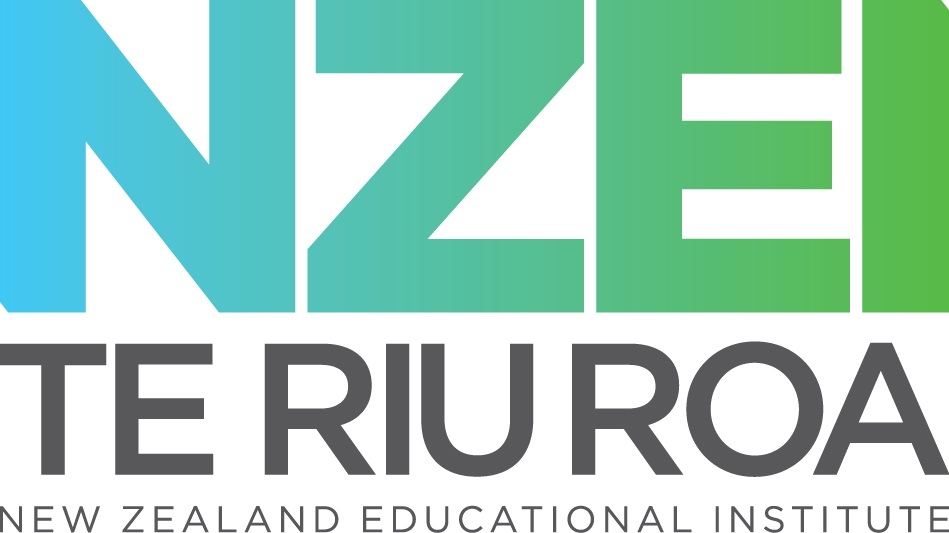Funding targeted to benefit-dependent students ineffective, says NZEI

Treasury’s warning that the government’s decision to freeze school operational funding in the latest budget and instead target funding to 150,000 children of benefit-dependent families is unlikely to be effective will come as no surprise to schools, NZEI Riu Roa says.
Schools have not been told which children they will receive the funding for – and are not required to report on how it is spent. The funding amounts to less than $2 a week per child. NZEI national secretary Paul Goulter said the targeting appeared to be an ideological experiment rather than an effective way of using taxpayer money to support learners with the most challenges.
“Treasury has also pointed to other risks of targeting in this way,” he said. “Two-thirds of children who fail to achieve a school qualification do not have the “high risk” factors, such as benefit dependency, on which the government’s targeted approach is based.
“It does not make sense to intensify resourcing to a small group of children identified through a narrow list of ‘high risk’ indicators if it is at the expense of many more children without those risk factors who also need learning support to succeed at school.” (1)
“The fact is that schools are under-funded and the education budget needs to increase if we are to see all children have an equal chance to succeed. Using targeting as a way to ration inadequate education funding is ‘robbing Peter to pay Paul’. It is not going to improve New Zealand’s education system.”









